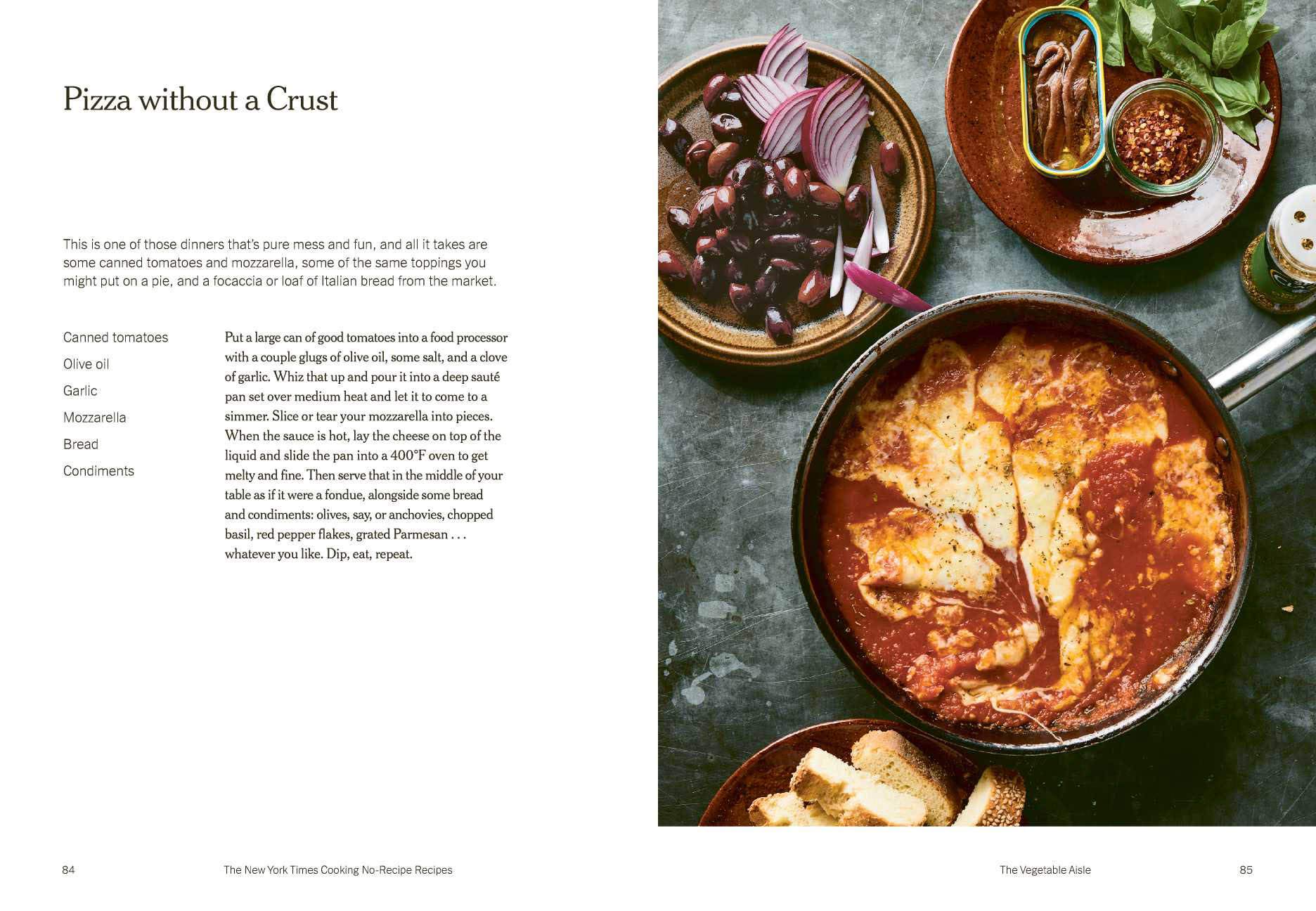

: 20 Soon, their former culinary traditions were adapted and, in time, incorporated not only Indigenous American traditions, but also African-American traditions-as is exemplified in the classic Cajun dish " Gumbo", which is named for its principal ingredient ( Okra) using the West African name for that very ingredient: "Gumbo," in West Africa, means "Okra". : 6ĭue to the extreme change in climate, Acadians were unable to cook their original dishes. In the mid-18th century, they were deported from Acadia by the British during the French and Indian War in what they termed le Grand Dérangement, and many of them ended up settling in Southern Louisiana. The Acadians were a group of French colonists who lived in Acadia, what is today Eastern Canada. Cayenne and Louisiana-style hot sauce are the primary sources of spice in Cajun cuisine, which usually tends towards a moderate, well-balanced heat, despite the national "Cajun hot" craze of the 1980s and 1990s. Additional characteristic aromatics for both the Creole and Cajun versions may include parsley, bay leaf, thyme, green onions, ground cayenne pepper, and ground black pepper. Roughly diced and combined in cooking, the method is similar to the use of the mirepoix in traditional French cuisine which blends roughly diced carrot, onion, and celery. The aromatic vegetables green bell pepper ( piment doux), onion, and celery are called " the trinity" by chefs in Cajun and Louisiana Creole cuisines.

Crawfish, shrimp, and andouille sausage are staple meats used in a variety of dishes. Cajun cuisine ( French: cuisine cadienne, Spanish: cocina acadiense) is a style of cooking developed by the Cajun– Acadians who were deported from Acadia to Louisiana during the 18th century and who incorporated West African, French and Spanish cooking techniques into their original cuisine.Ĭajun cuisine is sometimes referred to as a 'rustic cuisine', meaning that it is based on locally available ingredients and that preparation is relatively simple.Īn authentic Cajun meal is usually a three-pot affair, with one pot dedicated to the main dish, one dedicated to steamed rice, specially made sausages, or some seafood dish, and the third containing whatever vegetable is plentiful or available.


 0 kommentar(er)
0 kommentar(er)
